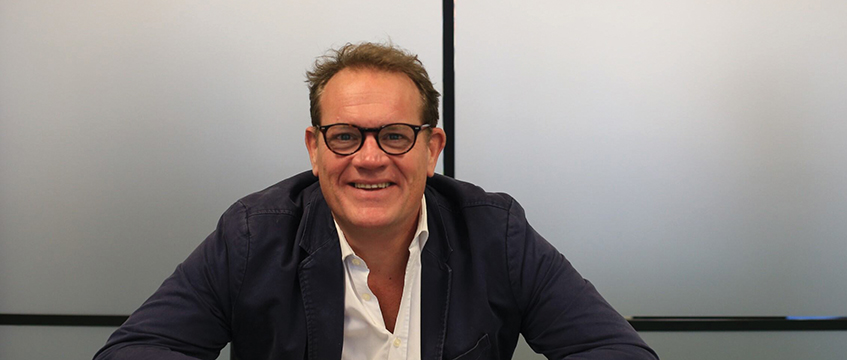COMMENT The pressure is mounting to make significant progress in the fight against climate change, and the built environment has a huge role to play in meeting ambitious net-zero targets. In light of the sky-high energy costs of last winter and ongoing political and economic uncertainties, ensuring long-term energy affordability and security is also critical.
It was encouraging to see the extension to permitted development rights allowing landlords to install solar panels on commercial buildings’ roofs with few restrictions, and clearly there is a commitment to reforming the electricity grid and addressing the backlog of connectivity requests, something that will facilitate much-needed renewable energy projects.
Last summer, I was honoured to join the Solar Taskforce, whose aim is to examine what the government (and industry stakeholders) can do to remove barriers to growing the UK’s solar capacity from 15GWp to 70GWp by 2035. Syzygy’s conservative estimations indicate that between rooftop solar, floating solar and solar carports on car parks, the UK commercial real estate sector could provide 40GWp (70% of the target). As well as removing around 7.5m tonnes of CO2 from the atmosphere per year, this represents a compelling investment case: £46bn in investment, £4bn in net revenue in the first year, and potential occupier savings of around £30bn over 30 years, assuming 75% of the energy is sold to occupiers at a 25% discount to their grid cost.
The most significant challenge in the way of delivering renewable energy projects is the often delicate relationship between landlords and occupiers. The FRI lease, and how projects are structured, means that nothing can happen without collaboration. The average unexpired lease term is less than five years, and occupiers will rarely invest in green projects at premises they don’t own. Solar developers seeking to take long leases on roofs have seen success within the owner-occupier segment but have found the lease market almost impenetrable.
Meanwhile, most landlords do not want a lease to a third party on their roof that extends beyond the occupational lease expiry. Buyout terms do not tend to carry economic benefit for landlords, who are therefore in a position where, if they don’t fund projects, they will likely not happen. Unless they come together, landlords may struggle to protect the value of their assets as stranding risks become a reality, while occupiers face missing opportunities to procure genuinely “additional” renewable energy.
In January, we hosted a roundtable alongside the UK Warehousing Association to discuss how to develop a simple, market-tested and approved process for collaborating to deliver scalable on-site renewable energy generation. We were fortunate to be joined by Andrew Bowie, minister for energy security and net zero, who stressed the need for the commercial real estate sector to play a major part in delivering a net-zero UK, and reinforced that the government will explore all options to support this.
So, what can the real estate sector do? Industry-accepted, simple-to-operate lease variations would be a great start. And when it comes to the best approach to delivering projects, the journey should begin with rooftops, adjacent available land and considering how to best utilise car parks. The future will be about integrating multiple technologies and implementing micro or smart grids, to maximise assets, improve commercial outcomes and drive greater on-site decarbonisation.
One significant barrier to collaboration is the disparity in how decarbonisation is measured. The real estate industry aligns with UKGBC guidelines whereas occupiers often opt for a “green tariff”, backed by REGOs (green certificates) from their energy supplier. It is important to encourage occupiers to place a higher value, not just in financial terms, on on-site renewable generation.
Landlord-occupier collaboration is the only way the commercial real estate industry will achieve its net-zero objectives, and we have seen many success stories. A stand-out example is the project led by Abrdn in 2022 where we brought together occupiers Boden and DPD to deliver lease variations and construction concurrently across adjacent buildings, which was vital for capturing major economies of scale. This yielded incredible results – 40% of Boden’s annual energy demand and 103% of DPD’s are now generated on-site and, in total, these systems can offset 5,568 tonnes of emissions over 25 years.
There is a tremendous opportunity for everyone and it can be captured in a commercially sustainable way, even more so when you factor in the risk attached to failing to act. This calls for closer engagement between parties to deliver mutually beneficial projects, mitigate stranding risks, generate additional capital value and lower operational costs; and, ultimately, pave the way for a sustainable future for the industry.
John Macdonald-Brown is founder of Syzygy Consulting
Share your feedback
Follow Estates Gazette











